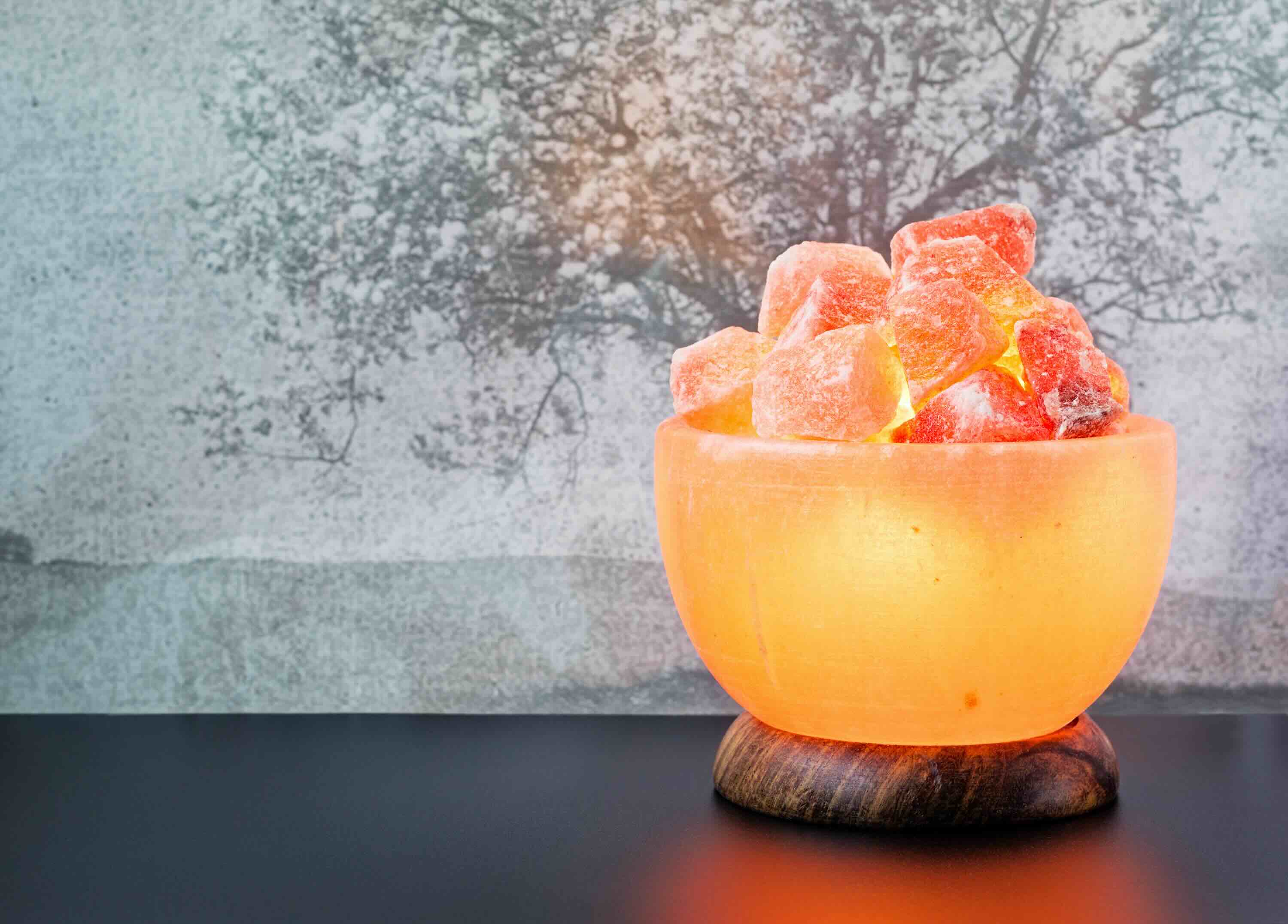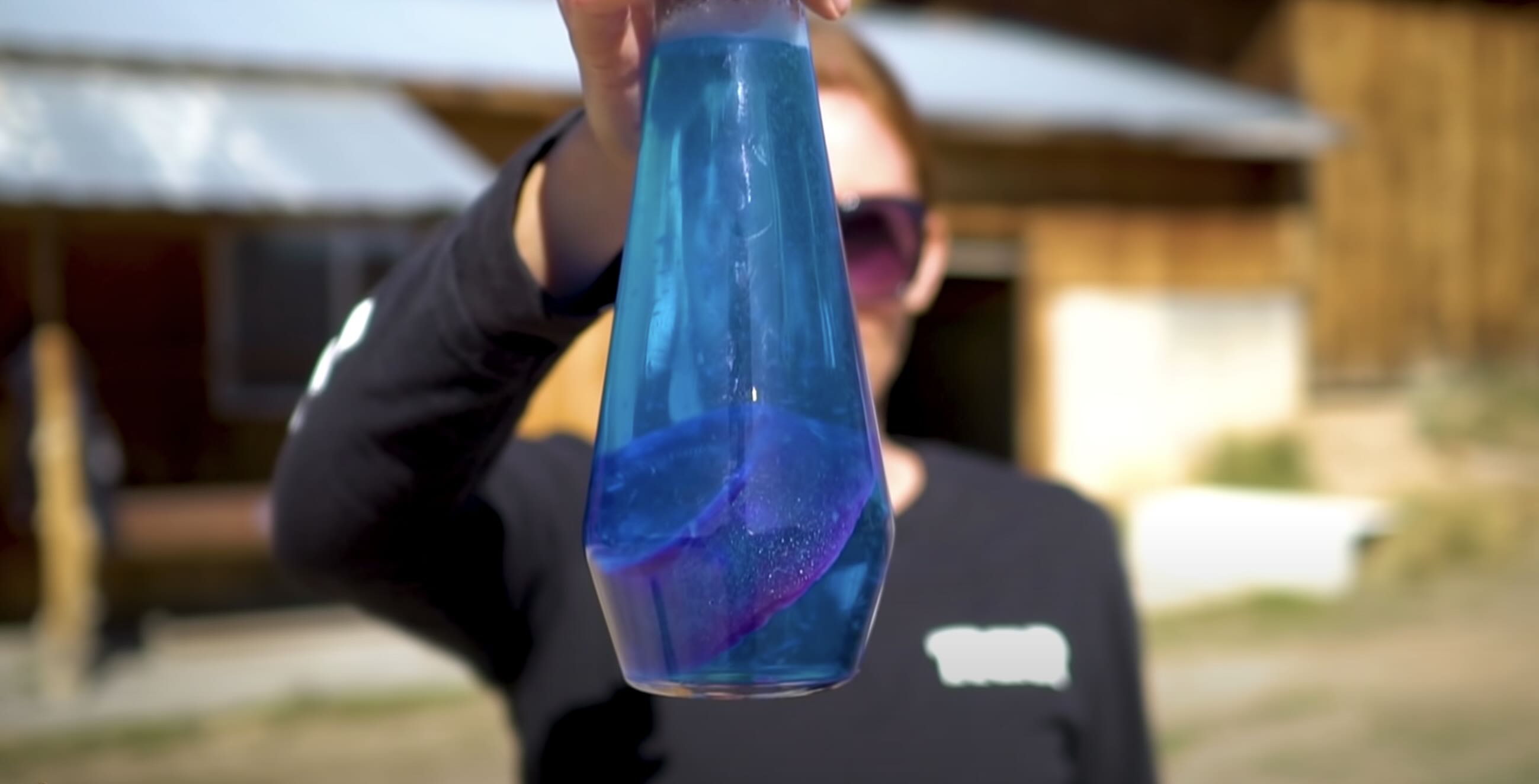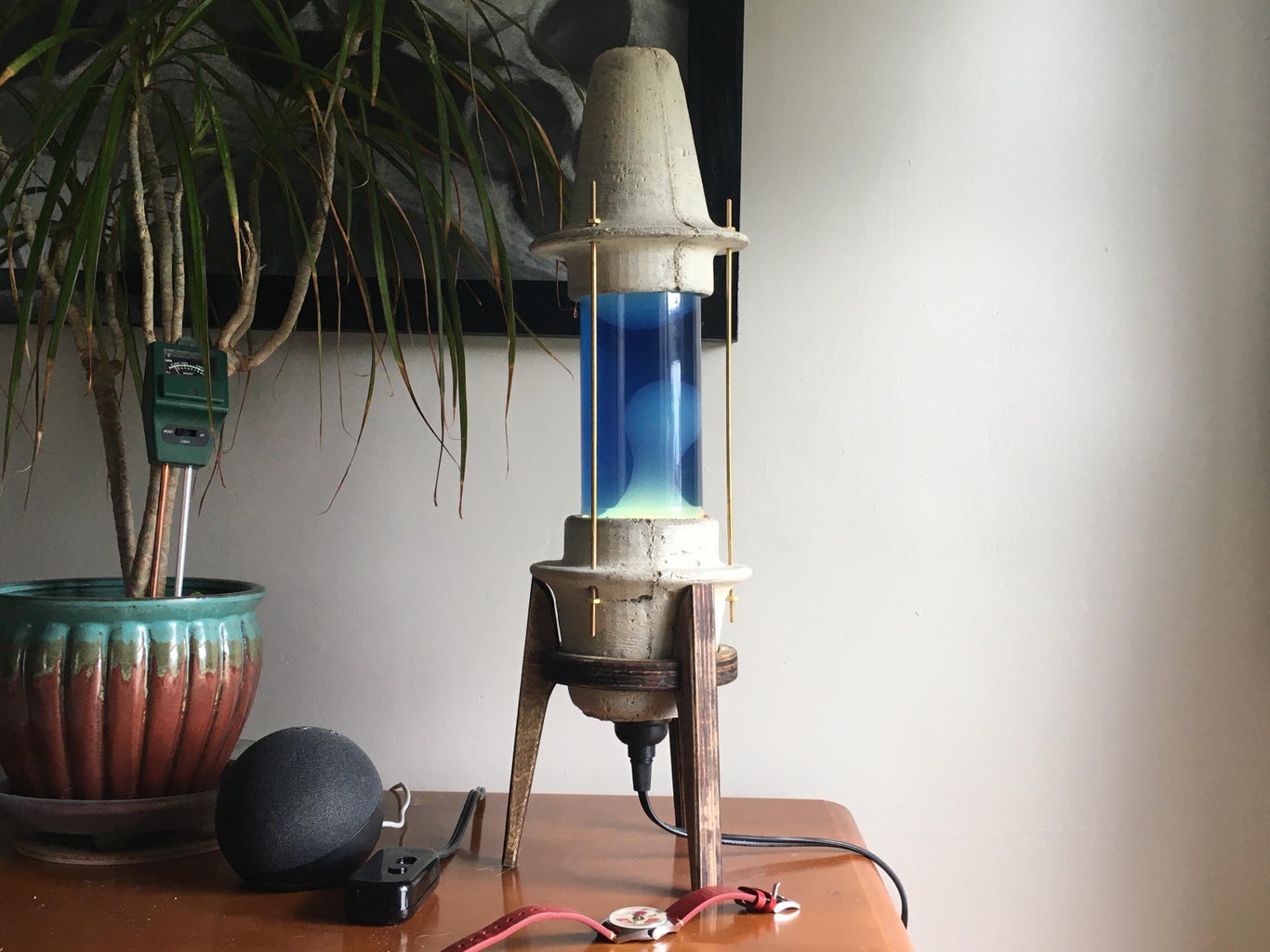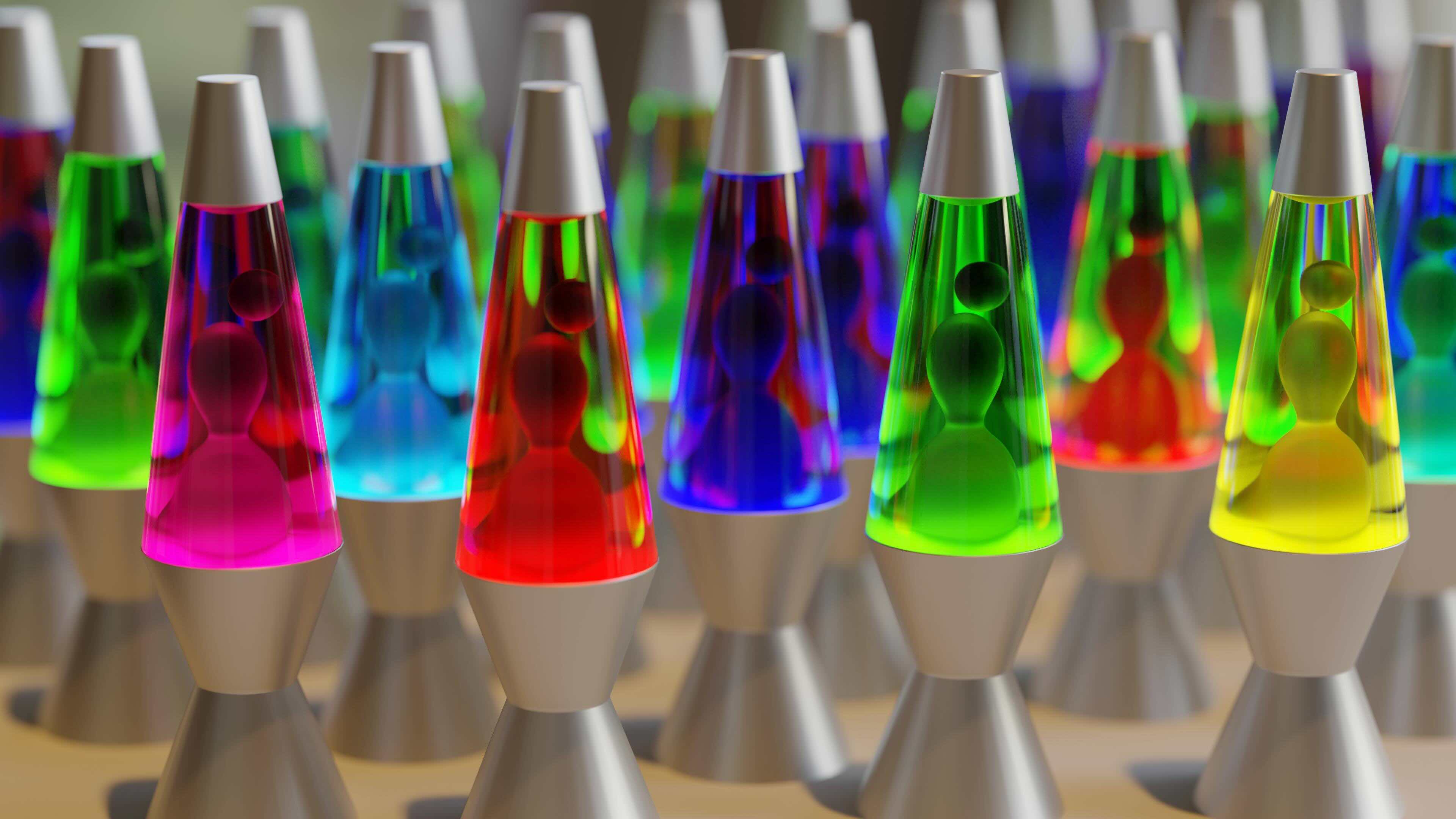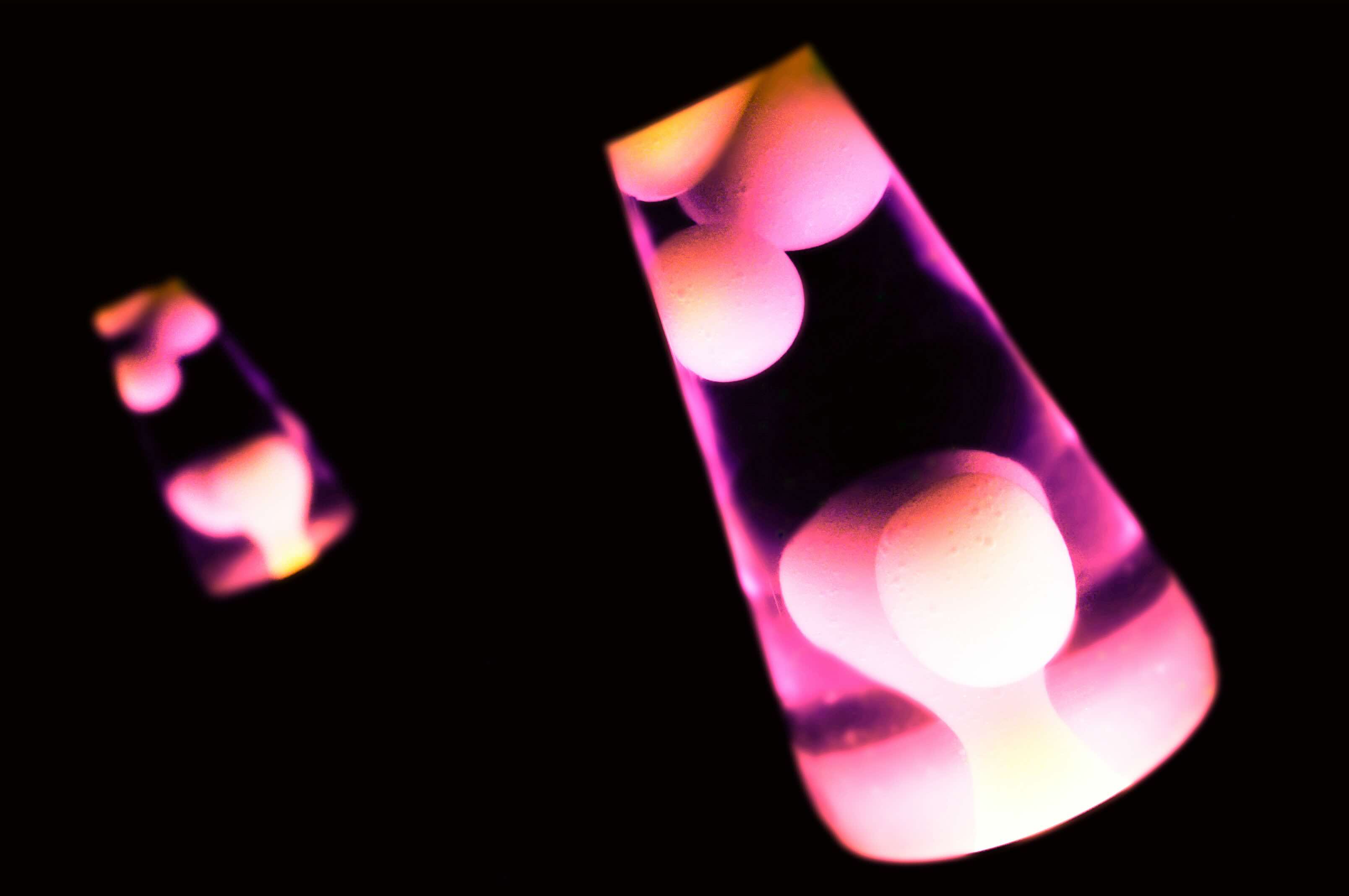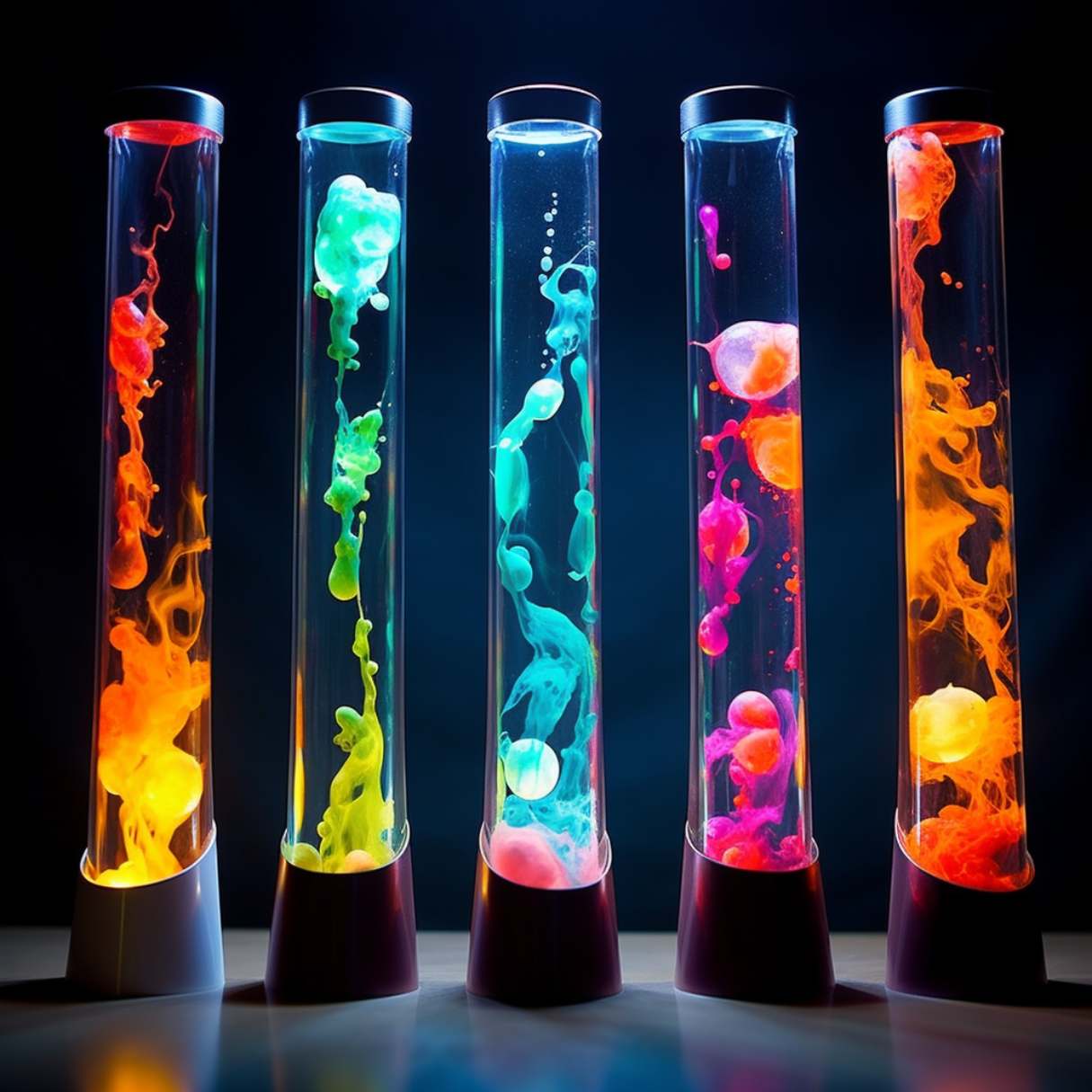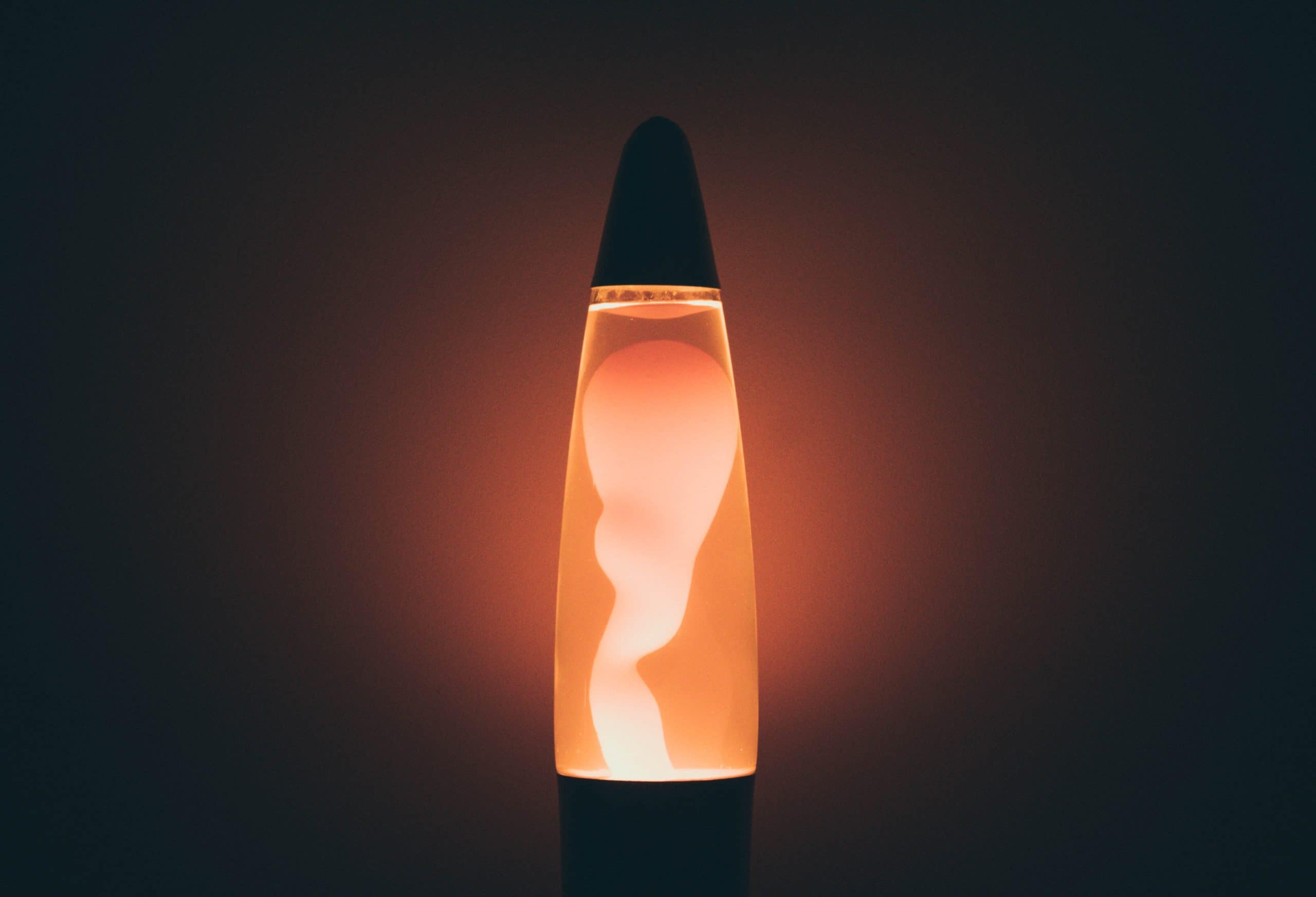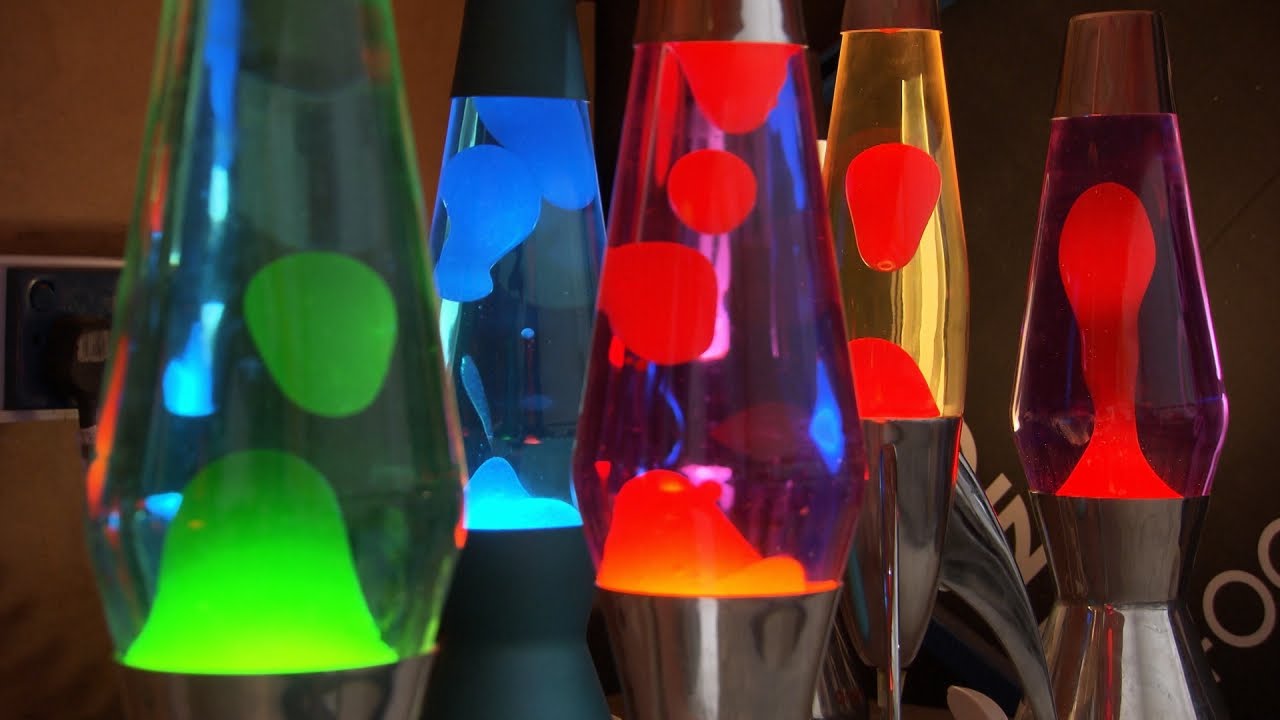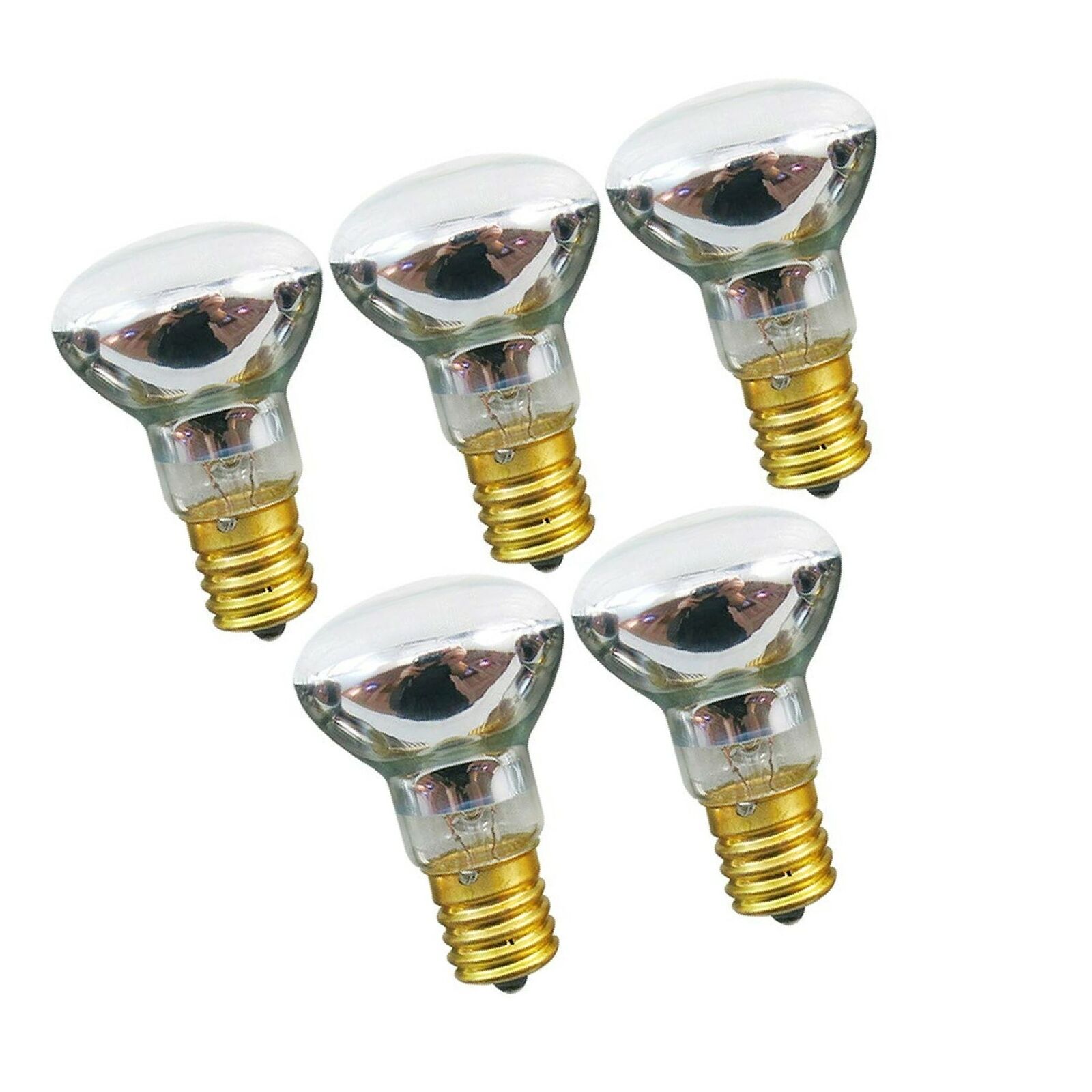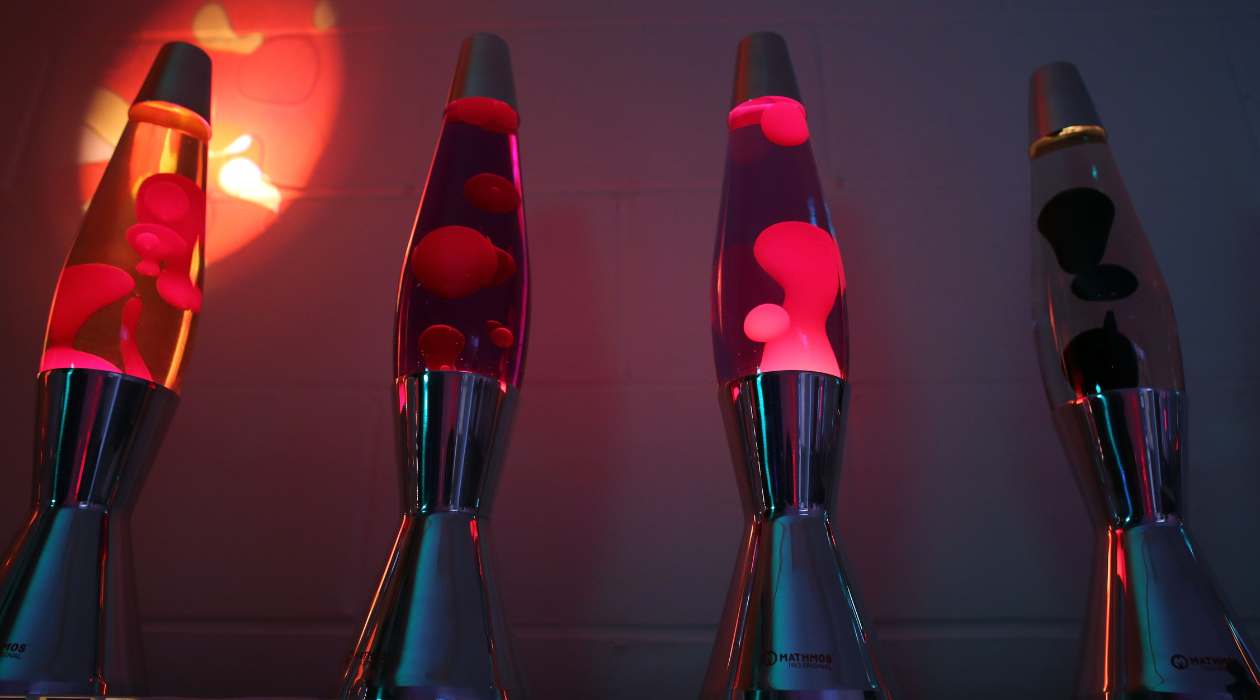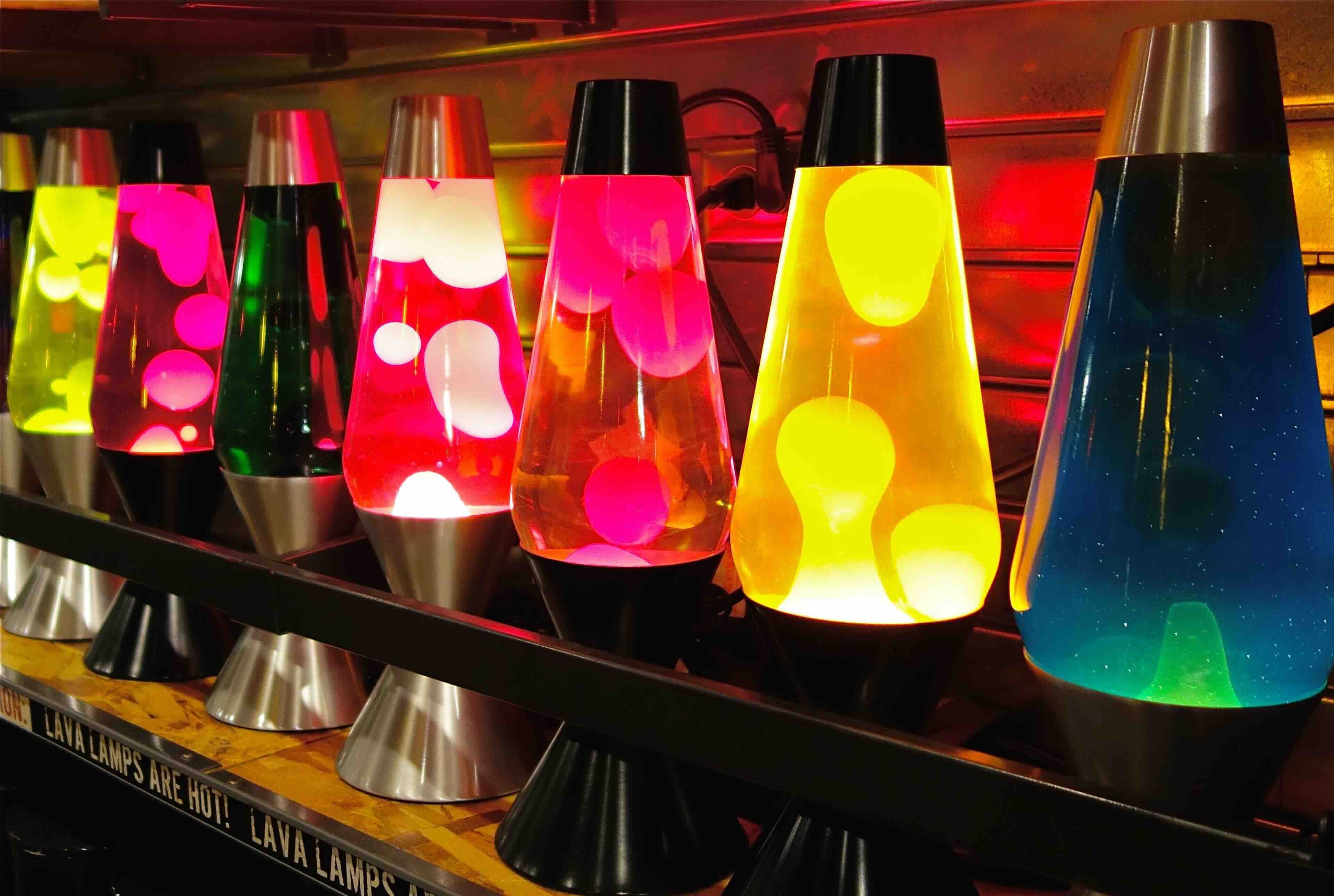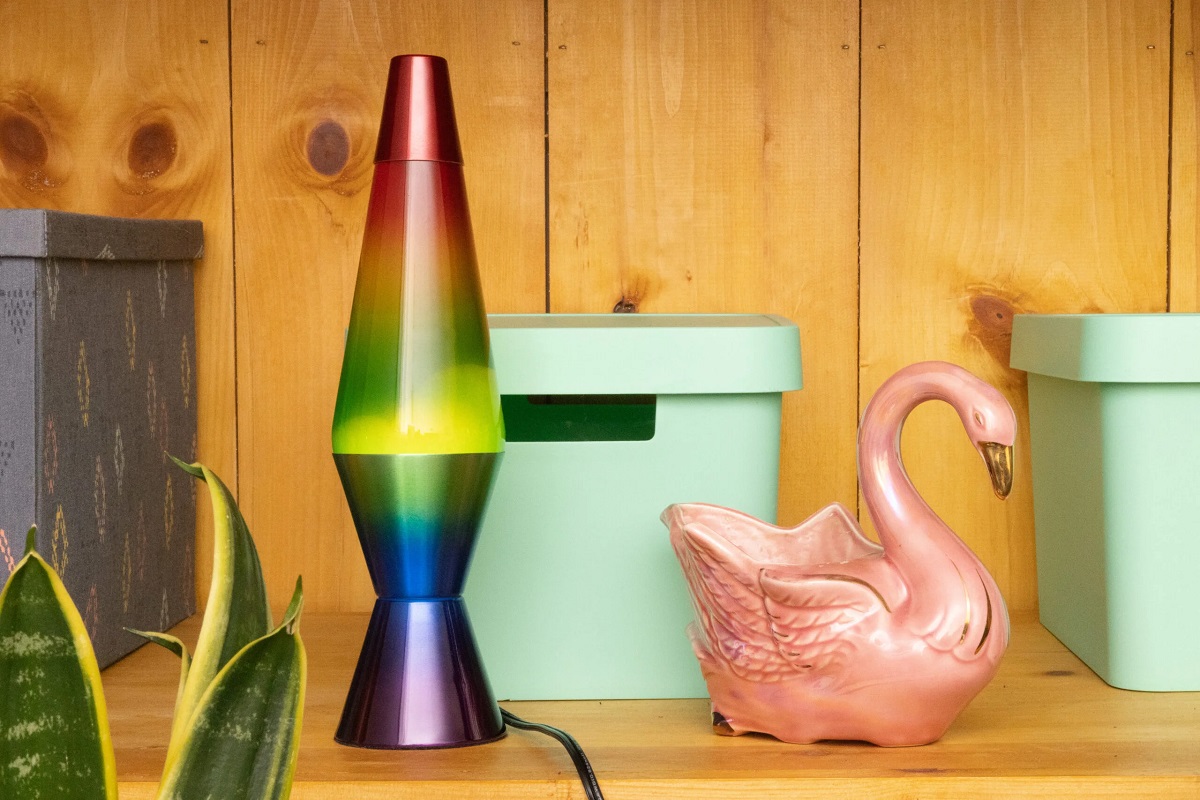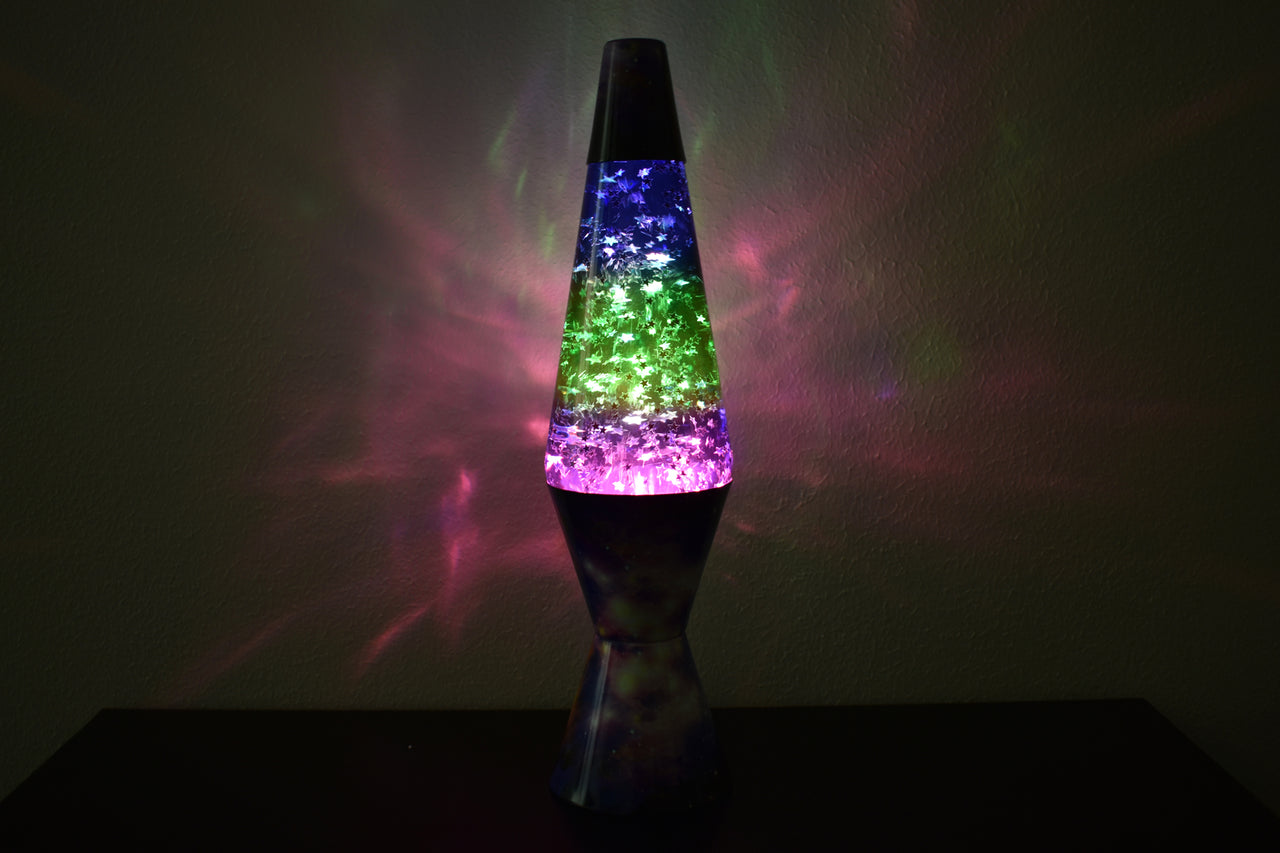

Furniture
What Happens If You Break A Lava Lamp
Modified: May 6, 2024
Discover the consequences of breaking a lava lamp and learn how to handle the situation. Find out how to protect your furniture and prevent any potential accidents.
(Many of the links in this article redirect to a specific reviewed product. Your purchase of these products through affiliate links helps to generate commission for Storables.com, at no extra cost. Learn more)
Introduction
Welcome to the fascinating world of lava lamps! These iconic household decorations have been captivating people with their mesmerizing liquid motion for decades. However, accidents happen, and it’s not uncommon for someone to accidentally break a lava lamp. But what happens when you break a lava lamp? In this article, we will explore the inner workings of a lava lamp, the materials it is made of, and the potential hazards associated with breaking one. We will also provide guidance on how to clean up a broken lava lamp and properly dispose of its components. So, if you’ve ever wondered about the aftermath of a broken lava lamp, keep reading to find out!
Key Takeaways:
- When a lava lamp breaks, immediate action is crucial to ensure safety. From assessing hazards to proper cleanup and disposal, following guidelines minimizes risks and contributes to a safer living environment.
- Understanding the inner workings of a lava lamp and the potential hazards of breakage empowers individuals to handle the aftermath with caution and responsibility, ensuring a mesmerizing ambiance in their space.
Read more: What Happens If You Shake A Lava Lamp
How Does a Lava Lamp Work?
A lava lamp is a mesmerizing decorative item that creates a unique visual experience. The magic of a lava lamp lies in its simple yet ingenious design. At its core, a lava lamp consists of two main components: a glass container and a liquid solution.
The liquid solution, commonly referred to as lava, is typically a combination of water, oil, and wax. The wax is in the form of small pellets or globules that are insoluble in water. These pellets are made from a special type of wax that melts at a relatively low temperature.
When you first turn on a lava lamp, a heating element located at the bottom of the lamp begins to warm up. As the heat increases, it causes the wax pellets to melt and become less dense than the surrounding liquid.
As the warm wax rises to the top of the lamp, it cools down and solidifies once again. The denser, solidified wax then descends back to the bottom of the lamp. This continuous cycle of wax rising and falling creates the characteristic bubbly motion that lava lamps are known for.
The mesmerizing effect of a lava lamp is further enhanced by the use of vibrant colored wax and liquid. The colors are usually implemented using dyes or pigments that are carefully chosen to produce a striking visual display.
It is important to note that the specific mechanics of a lava lamp can vary slightly depending on the brand and design. Some lava lamps may incorporate additional features like a swirling or glittery effect, but the fundamental principle remains the same – the rise and fall of heated wax in a liquid solution.
Now that we have a basic understanding of how a lava lamp works, let’s delve into the materials used to create these captivating decorative pieces.
What are Lava Lamps Made of?
Lava lamps are composed of several key materials that work together to create their unique aesthetic and functionality. Let’s take a closer look at the main components of a lava lamp.
1. Glass Container: The outer shell of a lava lamp is typically made of glass. The glass container is not only aesthetically pleasing but also serves as a protective casing for the internal components. It is important to handle the glass container with care to avoid any accidental breakages.
2. Base and Cap: The base and cap of a lava lamp are usually made of sturdy materials like metal or plastic. The base houses the electrical components, including the heating element and the power cord. The cap, on the other hand, secures the glass container in place and provides a decorative finishing touch.
3. Liquid Solution: The liquid inside a lava lamp is primarily a mix of water and oil. The specific ratio of water to oil can vary depending on the desired performance of the lamp. The water and oil combination allows for the dissolving and separating of the wax particles, creating the mesmerizing lava-like effect.
4. Wax Pellets: The “lava” in a lava lamp is made of small wax pellets or globules. These pellets are typically made from a mixture of paraffin wax and other additives. The wax is formulated to have a lower melting point, allowing it to melt and flow smoothly when heated by the lamp’s heating element.
5. Dye or Pigments: To add a splash of color to the lava lamp, dyes or pigments are often used. These coloring agents are selected to create vibrant and eye-catching hues. When combined with the rising and falling of the wax, the colors bring life to the mesmerizing display of the lava lamp.
6. Heating Element: The heating element is a crucial component of a lava lamp. Typically located at the base, it provides the necessary heat to warm the wax and create the motion within the lamp. The heating element is connected to a power source through the lamp’s power cord.
Now that we have explored the materials that make up a lava lamp, let’s discuss the potential hazards that may arise if a lava lamp is accidentally broken.
Potential Hazards of Breaking a Lava Lamp
Accidentally breaking a lava lamp can pose several potential hazards that need to be addressed promptly and carefully. Let’s take a closer look at these potential hazards:
1. Glass Fragments: The most immediate danger when a lava lamp breaks is the risk of glass fragments. The glass container can shatter into sharp pieces, which can cause cuts and injuries if not handled properly. It is crucial to exercise caution and avoid direct contact with broken glass.
2. Hot Wax: Another hazard that arises when a lava lamp breaks is the hot wax. The melting wax within the lamp can spill and cause burns if it comes into contact with the skin. The temperature of the wax can be high enough to cause significant burns, so it is important to avoid touching or attempting to clean up the wax with bare hands.
3. Electrical Safety: If a lava lamp breaks and the liquid solution comes into contact with the electrical components, there is a risk of electrical shock. When dealing with a broken lava lamp, it is important to unplug the lamp from the power source immediately and avoid touching any exposed wires or components.
4. Inhalation of Vapors: The liquid solution in a lava lamp may contain chemicals or additives that could potentially release vapors when the lamp is broken. These vapors may be harmful if inhaled in large quantities or over an extended period. If you accidentally break a lava lamp, ensure that the area is well-ventilated and consider wearing a mask to reduce the risk of inhaling any potentially harmful vapors.
Due to the potential hazards associated with a broken lava lamp, it is crucial to take proper precautions to ensure the safety of yourself and others around you. Let’s explore what steps you should take if you find yourself in a situation where a lava lamp has broken.
If you break a lava lamp, be careful with the broken glass and the hot liquid inside. Use gloves and a towel to clean up the spill, and dispose of the broken lamp properly to avoid any injuries.
What to Do if You Break a Lava Lamp
Breaking a lava lamp can be a stressful situation, but it’s important to stay calm and take immediate action to ensure your safety and minimize any potential damage. Here are some steps to follow if you accidentally break a lava lamp:
1. Assess the Situation: Take a moment to assess the extent of the damage and the potential hazards. Look for any broken glass, spilled wax, or exposed electrical components. Make sure to keep your distance from any potential dangers.
2. Protect Yourself: Put on gloves or use a thick towel to protect your hands while handling the broken pieces. This will help prevent any cuts from sharp glass fragments and minimize direct contact with hot wax.
3. Secure the Area: Clear the surrounding area and keep pets and children away from the broken lamp. It’s important to create a safe zone to prevent any accidents or injuries.
4. Unplug the Lamp: If the lamp is still connected to a power source, unplug it immediately. This will eliminate the risk of electrical shock and minimize any further potential hazards.
5. Remove Broken Glass: Carefully collect and dispose of any broken glass fragments. Use a broom and dustpan to sweep up the pieces, ensuring that you wear gloves to protect your hands. Dispose of the glass in a sturdy trash bag or container to prevent any injuries.
6. Contain the Spilled Wax: If the wax has spilled, use a spatula or a similar tool to carefully scoop and collect as much of it as possible. Place the collected wax in a heat-resistant container or bag. Be cautious of the temperature of the wax to avoid burns.
7. Clean the Area: After removing the broken glass and containing the spilled wax, clean the area thoroughly. Wipe down any surfaces with a damp cloth and a mild cleaning solution. Avoid using abrasive cleaners or excessive water, as they may damage electrical components.
8. Ventilate the Room: Open windows or use fans to ensure proper ventilation in the room. This will help dissipate any potential vapors that may have been released during the breakage.
9. Seek Professional Help if Needed: If you are unsure about how to safely handle the broken lamp or if there is significant damage to electrical components, it is best to seek assistance from a professional electrician or technician to assess and rectify the issue.
Remember, safety should be your top priority when dealing with a broken lava lamp. Taking proper precautions will help minimize any risks and ensure a safe environment. Once you have cleaned up the mess, it’s important to properly dispose of the broken lava lamp components.
Read more: What Is In A Lava Lamp
Cleaning up a Broken Lava Lamp
After successfully containing the broken glass and spilled wax, it’s time to clean up the mess left behind by the broken lava lamp. Follow these steps to effectively clean up a broken lava lamp:
1. Dispose of the Glass: Double-check that all glass fragments have been collected and safely disposed of. Seal the container or bag containing the broken glass and label it as “hazardous waste” to alert others. If possible, dispose of it at your local recycling center or follow the specific guidelines provided by your waste management facility.
2. Absorb Excess Wax: If any residual wax remains on surfaces, use paper towels, old rags, or absorbent materials to soak it up. Gently press the absorbent material onto the wax to absorb as much as possible. Avoid applying excessive pressure, as this can push the wax deeper into surfaces.
3. Remove Wax Residue: Once the majority of the wax has been absorbed, clean the affected surfaces using warm water and mild dish soap. Dampen a cloth or sponge with the soapy water and gently scrub the wax residue. Rinse the cloth/sponge thoroughly and continue until the surfaces are clean. Avoid using abrasive cleaners or excessive force, as this can damage the surfaces.
4. Clean Electrical Components: If any wax has come into contact with the electrical components, it is crucial to clean them as well. Use a soft dry cloth or an air blower to gently remove any loose wax particles. Do NOT use water or any cleaning solution on the electrical components to prevent the risk of electrical damage or shock.
5. Allow Time for Drying: After cleaning, allow the surfaces and electrical components to air dry completely. Ensure that there is no moisture remaining before reassembling or using the lava lamp again. This will help prevent any potential electrical issues or damage.
6. Check for Damage: Once everything is cleaned up, carefully inspect the lava lamp, including the base, cap, and electrical components, for any signs of damage. If you notice any cracks, exposed wires, or other issues, it is best to consult a professional or contact the manufacturer for guidance on repair or replacement.
By following these steps, you can effectively clean up a broken lava lamp and restore the affected area to its previous condition. However, it’s important to ensure proper disposal of the broken lava lamp components to prevent any environmental harm.
Now, let’s explore how to properly dispose of the broken components of a lava lamp.
Disposal of Broken Lava Lamp Components
When it comes to disposing of broken lava lamp components, it’s important to handle them with care and prioritize environmental responsibility. Here are some guidelines for the proper disposal of broken lava lamp components:
1. Glass Container: Start by checking if the glass container can be safely repaired. If it’s only cracked and still functional, you may be able to find a glass repair service or repurpose it for other uses. However, if the glass container is beyond repair or shattered into small pieces, it is best to dispose of it as broken glass. Place the pieces in a durable bag or container, seal it, and label it as “broken glass” before disposing of it according to your local waste management regulations.
2. Spilled Wax: The wax from a broken lava lamp may contain chemicals or additives that make it unsafe for standard disposal methods. It’s recommended to consult your local waste management facility to determine the appropriate way to dispose of the wax. They may provide specific instructions, such as bringing it to a hazardous waste collection center. If there is only a small amount of spilled wax, you can solidify it by placing absorbent materials (like cat litter or sawdust) over it until the wax hardens. Once solidified, it can be disposed of in the regular trash according to your local guidelines.
3. Electrical Components: If the electrical components of the lava lamp are damaged beyond repair or no longer functional, it’s best to bring them to an electronic recycling center. These centers have the knowledge and resources to properly handle and recycle electronic waste, ensuring that any hazardous materials are handled in an environmentally responsible manner. Check with your local recycling facilities or municipality to find the nearest electronic recycling center.
4. Recycling: Look for opportunities to recycle any recyclable components of the lava lamp, such as the metal or plastic base and cap. Many municipalities have recycling programs that accept these materials. Check with your local recycling facilities to determine if they accept these items and follow the recommended recycling guidelines.
5. Hazards and Chemicals: Lava lamps may contain certain chemicals, dyes, or additives that should be disposed of properly. To ensure safe disposal, contact your local hazardous waste collection facility for specific guidance on how to handle and dispose of any potentially harmful substances. They will provide the necessary instructions to prevent any environmental harm.
Remember, proper disposal of broken lava lamp components is essential to protect the environment and prevent any potential hazards. By following these guidelines and consulting with your local waste management facilities, you can ensure responsible disposal and contribute to a cleaner and safer environment.
Now that we have covered the disposal process, let’s conclude our journey into the world of lava lamps.
Conclusion
Lava lamps have a captivating allure, creating a unique and mesmerizing visual experience. However, accidents can happen, leading to broken lava lamps and potential hazards. It’s crucial to handle the aftermath of a broken lava lamp with caution and care.
In this article, we explored the inner workings of a lava lamp, discovering how the combination of heat, wax, and liquid creates the iconic bubbling and flowing motion. We also highlighted the materials used in lava lamp construction, emphasizing the glass container, liquid solution, wax pellets, and heating element.
When a lava lamp breaks, there are several potential hazards to consider, including glass fragments, hot wax, electrical safety concerns, and the possibility of inhaling harmful vapors. Taking immediate action to secure the area, protect yourself, and unplug the lamp are essential steps to ensure safety.
After the accident, proper cleanup is crucial. This involves disposing of broken glass, containing and removing spilled wax, cleaning surfaces and electrical components, and allowing everything to dry thoroughly. Responsible disposal of broken lava lamp components, including the glass container, spilled wax, and electrical components, is equally important to protect the environment.
By following these guidelines, we can minimize the risks associated with broken lava lamps and contribute to a safer living environment. Remember to always prioritize safety when handling broken lava lamps, and seek professional help if needed.
So, in the event of a broken lava lamp, don’t panic. Take a deep breath, assess the situation, and take the necessary steps to clean up and dispose of the broken components. With careful attention and responsible actions, you can successfully navigate the aftermath of a broken lava lamp.
Now that you are equipped with knowledge about lava lamps, their workings, and the proper response to a broken lamp, you can relax, enjoy the captivating display of your lava lamp, and appreciate the soothing and mesmerizing ambiance it brings to your space.
Curious about spicing up your decor with some funky lighting? Dive into our latest guide, where we showcase twelve stunning lava lamps that are set to light up 2024. Whether you're looking to add a splash of color or set a mood with ambient lighting, these selections promise to impress. Don't miss out on finding the perfect lava lamp to illuminate your space with style and flair!
Frequently Asked Questions about What Happens If You Break A Lava Lamp
Was this page helpful?
At Storables.com, we guarantee accurate and reliable information. Our content, validated by Expert Board Contributors, is crafted following stringent Editorial Policies. We're committed to providing you with well-researched, expert-backed insights for all your informational needs.
